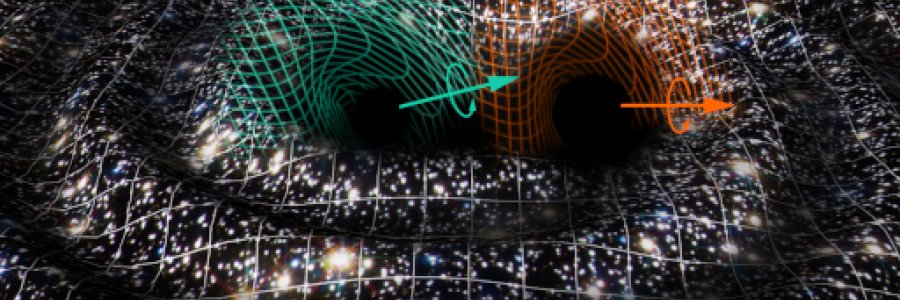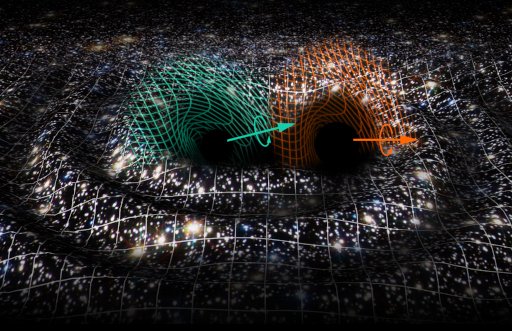
Virgo and LIGO unveil new and unexpected black hole populations
Virgo and LIGO have announced the detection of an extraordinarily massive merging binary system: two black holes of 66 and 85 solar masses, which generated a final black hole of 142 solar masses. Both the initial black holes, as well as the remnant, lie in a range of mass that has never before been observed, either via gravitational waves or with electromagnetic observations.
The final black hole is the most massive ever detected with gravitational waves.
The gravitational-wave event was detected by the three interferometers of the global network on the 21st of May, 2019, and is hence named GW190521. Two scientific papers reporting the discovery and its astrophysical implications have been published today (see the scientific papers here and here).
The breaking of the mass record of the Virgo and LIGO observational runs is just one of the many special features that make the detection of this exceptional merger an unprecedented discovery. A crucial aspect, which particularly drew the attention of astrophysicists, is that the remnant belongs to the class of the so-called intermediate-mass black holes (from a hundred up to a hundred thousand times the mass of the Sun).
The interest in this black-hole population is linked to one of the most fascinating and challenging puzzles for astrophysicists and cosmologists: the origin of supermassive black holes. These giant monsters, millions to billions of times heavier than the Sun and often at the centre of galaxies, may arise from the merger of 'smaller' intermediate-mass black holes. Until today, very few intermediate-mass black-hole candidates have been identified through electromagnetic observations alone and the remnant of GW190521 is the first observation of an intermediate-mass black hole via gravitational waves.
Read the full story in the EGO-Virgo press release.

Image: Artistic interpretation of the binary black hole merger responsible for GW190521. Space-time, shown as a fabric on which a view of the cosmos is printed, is distorted by the GW190521 signal. The turquoise and orange mini-grids represent the dragging effects due to the individually rotating black holes. The estimated spin axes, or self-rotations, of the black holes are indicated with the corresponding coloured arrows. The background suggests a star cluster, one of the possible environments in which GW190521 could have occurred.
Image credit: Raúl Rubio / Virgo Valencia Group / The Virgo Collaboration
📖 Research articles: Physical Review Letters, Astrophysical Journal Letters
